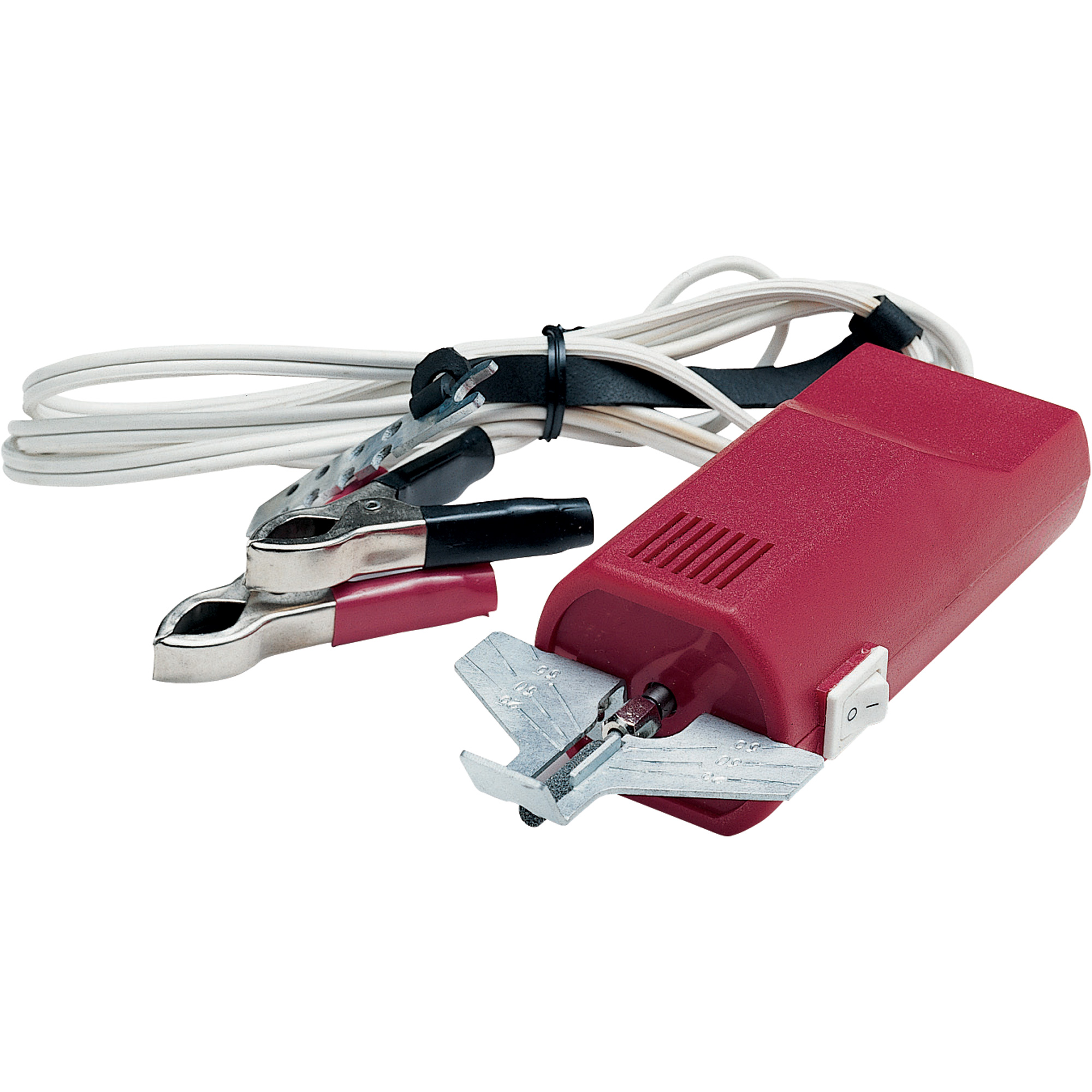The only drawback to BL is it's size, rare to get a tree that will make a full cord. Cuts nicely but you need sharp chains and keep 'em sharp. Dead/dry locust is hard on saws/chains though, good rule is "cut green, split dry" as it splits easily green but dry almost falls apart on its own.
Harry K
Harry K







